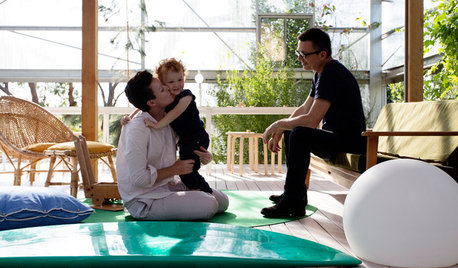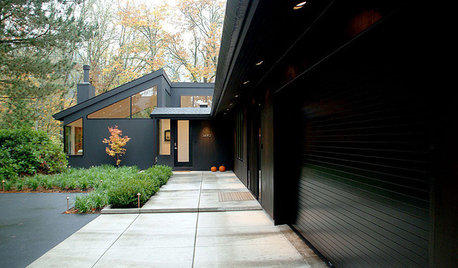Ozone Generators
jkirk3279
19 years ago
Related Stories

FURNITUREOld Furniture: Clean, Reupholster or Replace It?
A veteran upholstery cleaner weighs in on the options for found, inherited and thrift store furniture
Full Story
GREEN BUILDINGOff the Grid: Ready to Pull the Plug on City Power?
What to consider if you want to stop relying on public utilities — or just have a more energy-efficient home
Full Story
HEALTHY HOMEA Guide to Indoor Air Purifiers
Get the lowdown on air filtration systems for your house and the important ratings to look out for
Full Story
BEDROOMS11 Reasons to Love White Bedding
For easy bedding that makes neutrals sing and accessories pop, look to the white side
Full Story
GREEN BUILDINGThe Big Freeze: Inventors Break New Ground to Keep Things Cool
Old-fashioned fridges can be energy guzzlers, but there are more eco-friendly ways of keeping food fresh, as these global innovations show
Full Story
BATHROOM DESIGNDreaming of a Spa Tub at Home? Read This Pro Advice First
Before you float away on visions of jets and bubbles and the steamiest water around, consider these very real spa tub issues
Full Story
GARDENING AND LANDSCAPING13 New Ways to Make a Splash With a Hot Tub
Check out the modern options and custom features that are making outdoor spa tubs hot again
Full Story
HOMES AROUND THE WORLDWorld of Design: A House That’s Barely There
A rural Australian home blurs the boundaries between indoors and outdoors, camping and permanence, privacy and transparency
Full Story
EXTERIOR COLOROn Trend: Bold and Black Exterior House Color
All-black and coal-gray exteriors make a nonconformist statement on homes of any style and size
Full Story






Mystyraine
DanDMan
Related Professionals
Tempe Landscape Architects & Landscape Designers · Marco Island Landscape Architects & Landscape Designers · Deer Park Landscape Contractors · Fort Mill Landscape Contractors · Garland Landscape Contractors · Hickory Hills Landscape Contractors · Hilton Head Island Landscape Contractors · Holland Landscape Contractors · Long Branch Landscape Contractors · Melrose Landscape Contractors · Oakland Landscape Contractors · Pine Hills Landscape Contractors · Stallings Landscape Contractors · West Haverstraw Landscape Contractors · Whittier Landscape Contractorsjkirk3279Original Author
willardb3
bluetruck99
jkirk3279Original Author
bobkharris
jkirk3279Original Author
beards4
cultivatingeden
hank_mili
jkirk3279Original Author
hank_mili
hank_mili
jkirk3279Original Author
hank_mili
dontsleep
jkirk3279Original Author
hank_mili
jkirk3279Original Author
hank_mili
jkirk3279Original Author
hank_mili
jennylczozone
liln
aprint
homehydro
diabewell
cole_robbie
pdmelectronic
PupillaCharites